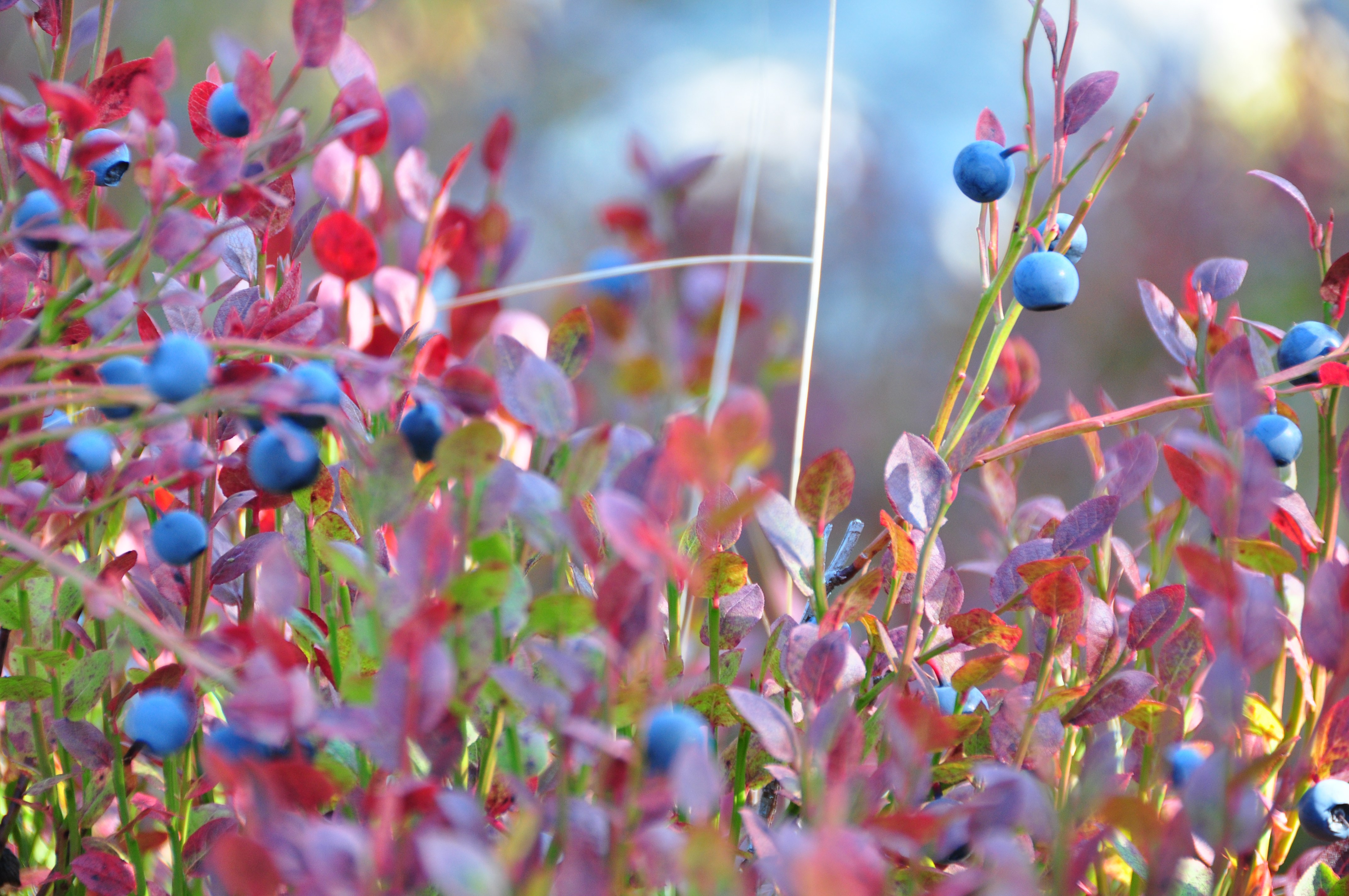Bilberry and other aromatic wild berries
Northern plants can be roughly divided into those that favour a thick snow cover, those that tolerate winter without snow, and plants for which the thick-ness of the snow covering is irrelevant.
For berry plants, bilberry (vaccinium myrtillus) needs a protective layer of snow for the winter season, while lingonberry is more resistant and can cope with a thin covering. A thick covering is essential for bilberries to thrive in Finland. The early winter temperatures, especially at-20 °C, start to damage the shoots and a snow blanket of less than 10 cm results in frost damage to a third of blueberries.

Wild berries grow without fertilizers, irrigation and plant protection products, and are therefore free from pesticide residues or the hygiene risks posed by sprinkling irrigation. Finland’s geographical location, northern and continental, guarantees not only large berry yields, but also good quality.
Anthocyanin concentrations in bilberries are high compared with other berries, about 3-5 times those of cultivated blueberries. Anthocyanins are bioactive compounds that also act as blue and purple pigments in the peels and pulps of the berries. As cultivated blueberries are light inside, the difference between the two species is considerable.
Anthocyanins have been proven to have many health-promoting effects. Scientific research has provided evidence of the preventive effect of anthocyanins in cardiovascular diseases, inflammation, and age-related degenerative diseases. The anthocyanins in berries have also been proven to promote cognitive functions and eye health.
The Finnish climate is cool. At the height of summer, southern Finland has 19 hours of daylight and above the Arctic Circle in the north the sun does not set. Research results show that levels of anthocyanins increase when there are more daylight growing hours. The anthocyanin levels of wild bilberries are high throughout Finland.